The olive tree is a lush evergreen shrub or tree that produces the olive fruit, which is a staple in many kitchens. These trees can live more than 500 years if treated with care. In this article, we will answer why your olive tree might be dying and how to handle it.
There are varying reasons that can compromise the health of an olive tree. Causes of olive tree death include the following:
- Under, or overwatering
- Lack of sunlight
- Pests
- Diseases
- Soil deficiencies
- Transplant stress
- Low temperatures
We will discuss the details of each of these causes of death in olive trees. Keep reading as we tell you early signs that indicate your olive tree is sick and answer how you can revive this leafy tree.
![Olive tree plantation, Why Is My Olive Tree Dying? [And What To Do About It]](https://gardentabs.com/wp-content/uploads/2022/07/Why-Is-My-Olive-Tree-Dying1.jpg)
What Are Some Early Signs Your Olive Tree Is Dying?
A key element of care for any tree or plant is knowing the status of their health and noting changes. Observe your olive tree often to know what their normal looks like. With this knowledge, you will notice when something is going wrong with your tree more quickly.
There are some early signs of illness or dying to look out if you have an olive tree. Signs and symptoms to look out for include:
- Wilting leaves
- Early leaf drop
- Dull gray or browning leaves
- Dying shoots or branches
- Brown lesions on olive fruit
- Fruit mummification
- Tree lean
- Pest dust on leaves
- Scorched or yellowing leaves
The leaves of your olive tree can provide an enormous amount of information on your tree's health. Once you notice that there is a change in health, the next step is to figure out why this change is happening.
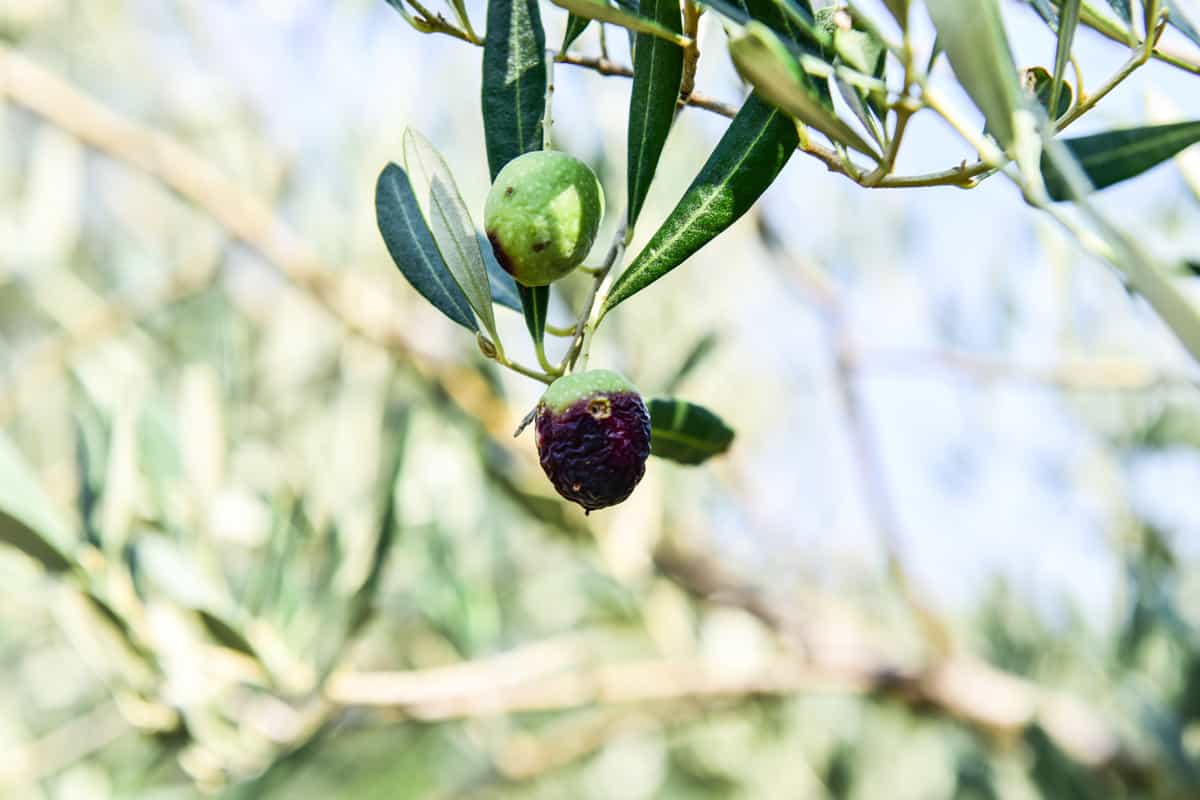
Why Is My Olive Tree Dying?
Getting to the bottom of why your olive tree is dying will help you determine what to do about it. You can use the symptoms of your tree to rule out different causes and issues. Let's go into detail and review the most common causes of a dying olive tree.
Under, Or Overwatering
Olive trees, like all plants, have specific water requirements. Giving too much or too little water causes your tree stress, and ultimately can end in illness or disease. They don't need a ton of water because of their Mediterranean origin.
However, too little of water may leave your tree with wilted leaves. Under-watered olive trees may become burnt and will start dropping their leaves.
Over-watered olive trees may suffer from root rot. Root rot is a fungal disease that will attack the roots of your tree. This fungus will cause reduced growth of your tree, thin canopies, and eventually, death.
Lack Of Sunlight
Olive trees require a large amount of sunlight. Ideally, your olive tree should get at least 8 hours of direct sunlight per day. If your tree is getting less than 8 hours, or sun is only reaching a portion of your tree, you will see issues.
An olive tree that is experiencing a lack of sunlight will have yellowing or wilting leaves. What's more, if sunlight is reaching part of your tree, it will begin to grow in that one direction toward the sun.
In some cases, you may have to transplant your olive tree. At the very least, you will need to clear trees or other debris that may be blocking the sunlight.
Pests
If your olive tree begins to produce inedible fruits, you might have pests. Common pests that affect olive trees include Black scale, Parlatoria scale, Apple weevil, Olive lace bugs, and Rutherglen bugs.
An olive tree infested with pests will have chewed, or holy leaves, experience early leaf drop, and may have moldy shoots. Pest infestations will stunt the growth of your tree, eventually killing it.
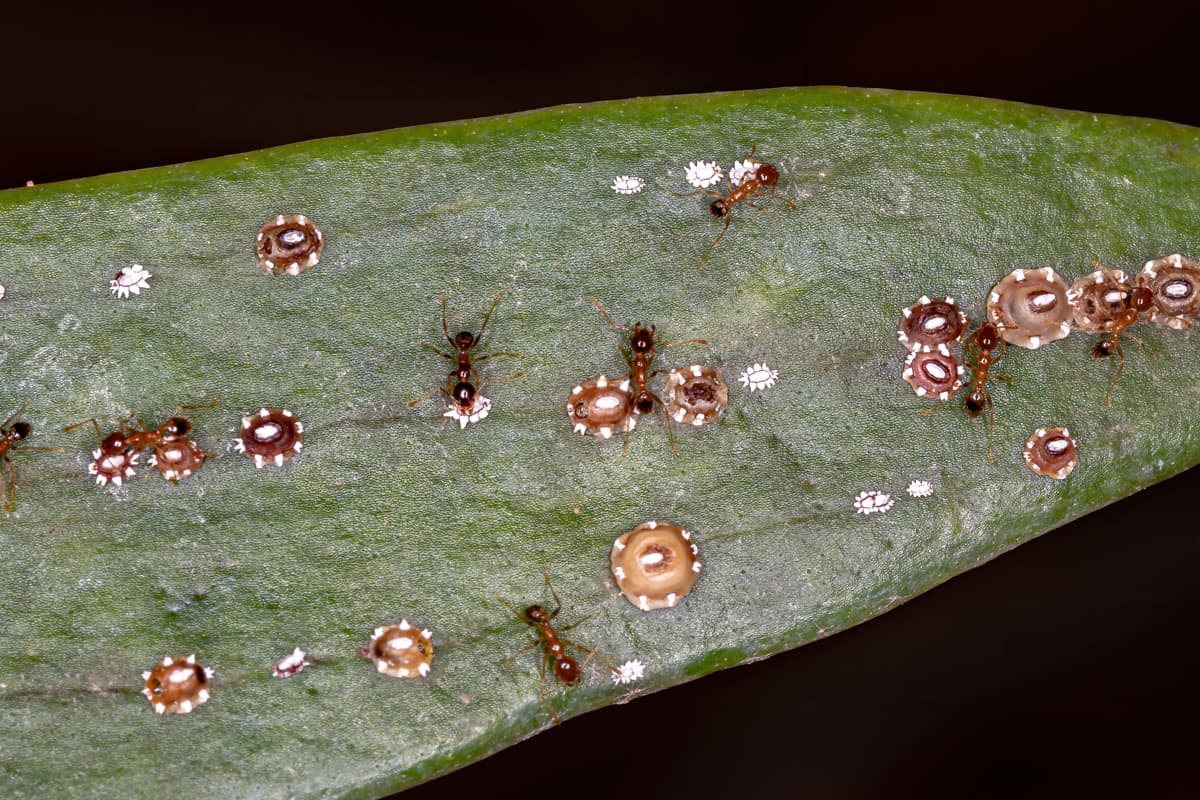
Preventing pests starts with keeping your olive tree in good health. Trees that aren't getting their water, sunlight, or nutrition requirements met will be under stress, subjecting them to disease and pests.
Once you know what pest you are combating, you can work with specific control products to kill off the pest population.
Diseases
Olive trees are sensitive to fungal diseases. Signs that your olive tree is dying because of a fungus include dieback of branches and leaves. This usually starts at the top of the branches and works its way down.
Additional signs your olive tree is diseased include wilted leaves, discoloration of branches or leaves, shriveled fruit, leaf scorching, and premature fruit abscission.
Anthracnose and Peacock spot are two common forms of fungal disease found in olive trees. To cure a fungal disease, you first need to prune back any affected branches and leaves.
Next, apply a fungicide spray. Copper oxychloride is a popular fungicide, often used on olive trees suffering from Peacock spot.
Amazon offers liquid copper fungicide here
Soil Deficiencies
Olive trees depend on their environment to thrive. A dying olive tree could indicate it is not getting the nutrients it needs. A good place to check is the soil. To grow properly, olive trees require plenty of nitrogen.
If your soil lacks nitrogen, your tree will have stunted growth and yellow leaves. If your tree is free of pests, and getting enough sunlight, these yellow leaves indicate a low nitrogen level in the soil.
You can confirm this suspicion using a soil test kit. If low nitrogen is your issue, you can apply a nitrogen-heavy fertilizer to resolve the issue.
You can find a rapid soil test kit here on Amazon
Low Temperatures
Olive trees thrive in higher temperatures, but they do not do so well in colder climates. Ideal temperatures for an olive tree range from 60-70 degrees, but can withstand up to 100 degrees.
Once temperatures start to go below 20 degrees, your olive tree can start to die. Cold olive trees will experience leaf drop and will stop growing. Younger trees are even more sensitive to temperature changes.
If you have a young, or small enough olive tree, you should bring it inside when winter hits. If your olive tree is large and established, there are ways to keep soil temperatures warm in the cold months.
One way to fight the cold is by mulching around the base of your tree before winter. Cooler areas may require more mulch.
Read more on our blog post,
Does Mulch Attract Termites? [And How To Protect Your Home]
How Do You Revive An Olive Tree?
The first step in reviving an olive tree is finding the root cause of what is affecting it. Initial correcting may require medicated sprays, pruning, soil correction or environmental changes.
Next, start focusing on methods that will improve and encourage your tree's overall health. These methods include the following:
- Check soil moisture
- Soil test for nutrients and amend as needed
- Clear weeds around your tree
- Create a watering schedule
- Consistent pruning of unhealthy leaves and branches
- Fertilize your tree every 4-6 weeks in growing season
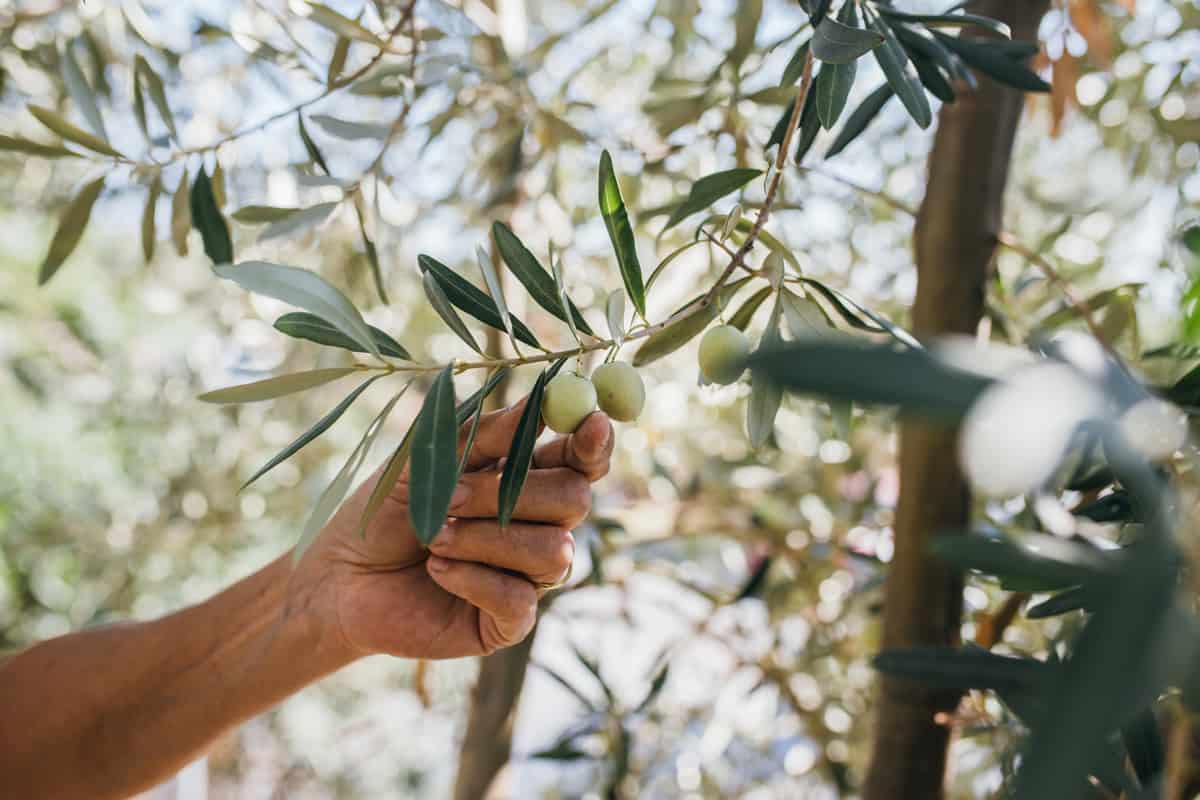
It is so important to monitor your tree's health regularly. Knowing the first signs of a problem and tackling it early will give you the best chance to revive your tree.
How Often Should I Be Watering My Olive Tree?
So, you are probably wondering exactly how much water your tree should be getting. Newly planted olive trees should get watered about once a week for the first year. In some climates, your tree may need a little more, or less, watering.
Consider watering whenever the first 2 inches of soil become dry. However, established olive trees require less water. Typically, a mature olive tree only requires a thorough soaking about once a month.
Can You Grow An Olive Tree In A Pot?
Yes, you can grow olive trees in pots, and clay or wood pots are ideal. One benefit is that you can move potted trees around, which is good for trees that need to be moved inside for the winter.
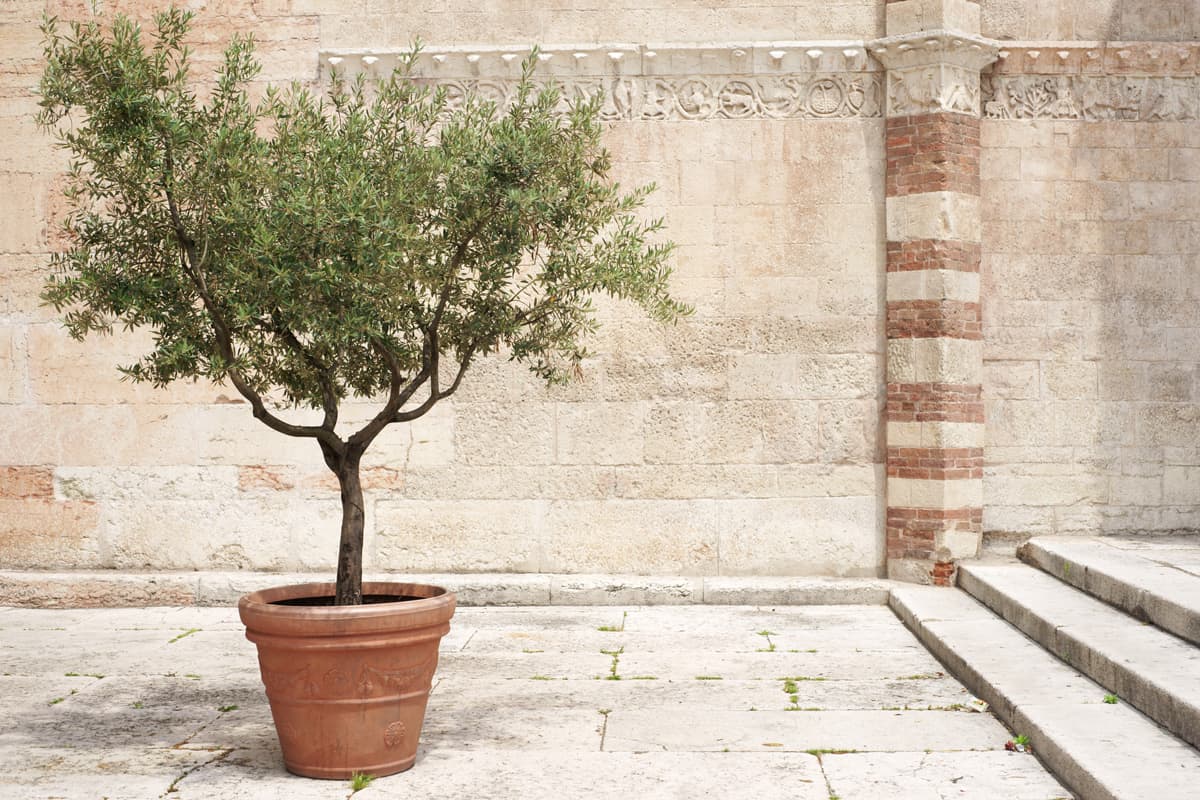
Like olive trees in the ground, potted olive trees require plenty of direct sunlight to thrive. When not outside, place your potted tree near a sunny window or provide ample grow lights. Also, the soil should be a mix of potting soil and perlite.
What Is My Olive Tree Leggy?
If your olive tree appears to have stretched out branches and stems, with sparse or spread out leaves, your tree is leggy. This means the branches and stems are becoming weaker and thin.
A leggy olive tree means your tree isn't getting enough sunlight. Typically, branches stretch toward any light available if they are not getting enough direct sunlight.
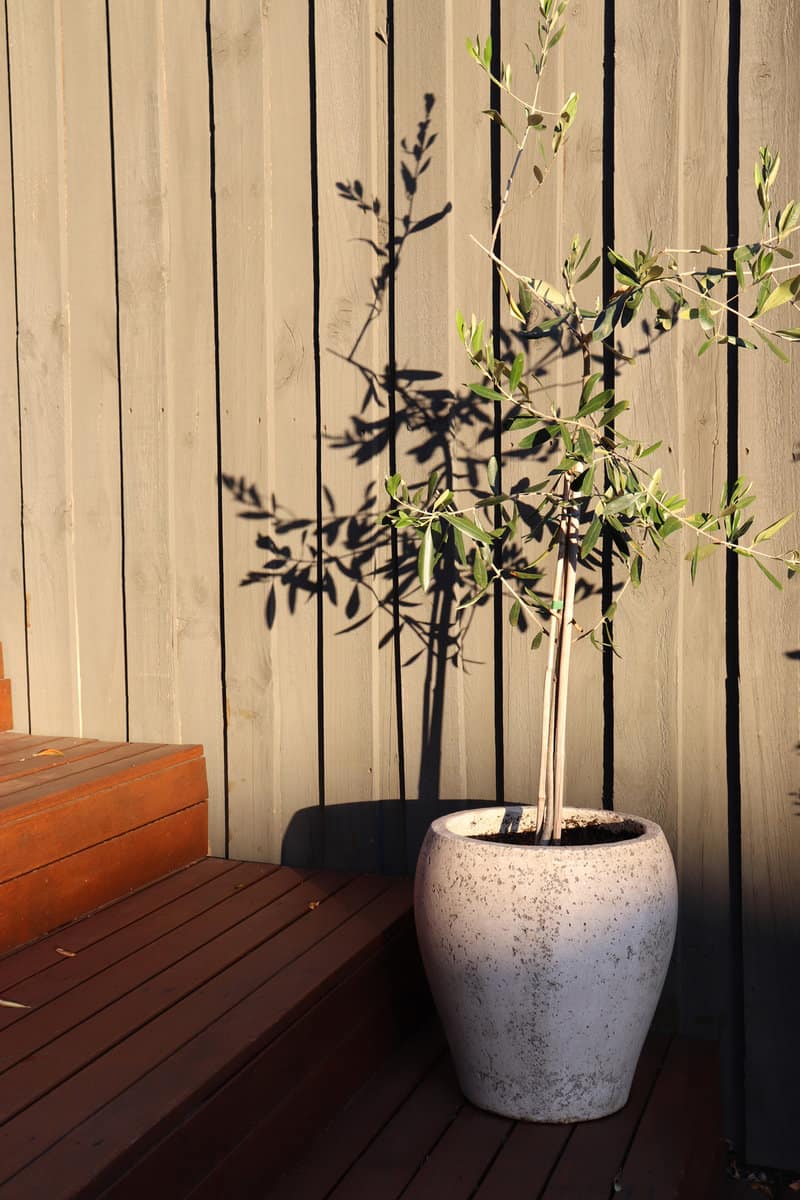
If your tree has lacked sufficient sunlight for an extended period, moving it into direct sun may need to be gradual. Also, you can trim back longer branches to encourage new, lush branches and leaves.
In Summary
If you notice your olive tree is dying, narrowing down the cause can help you plan your next steps and administer treatment. Luckily, you can revive most olive trees and enjoy their fruit once more. We hope you found this article helpful.
Are you looking for more fruit tree inspiration? Have a look through our blog post,


